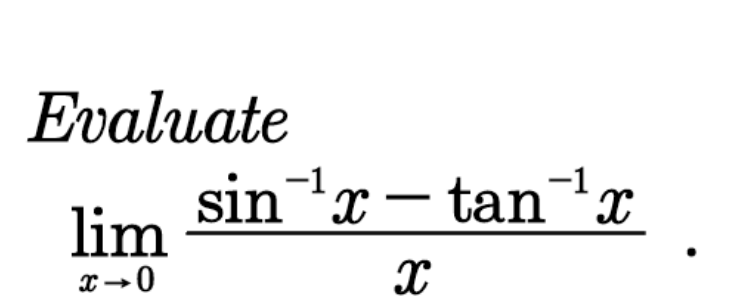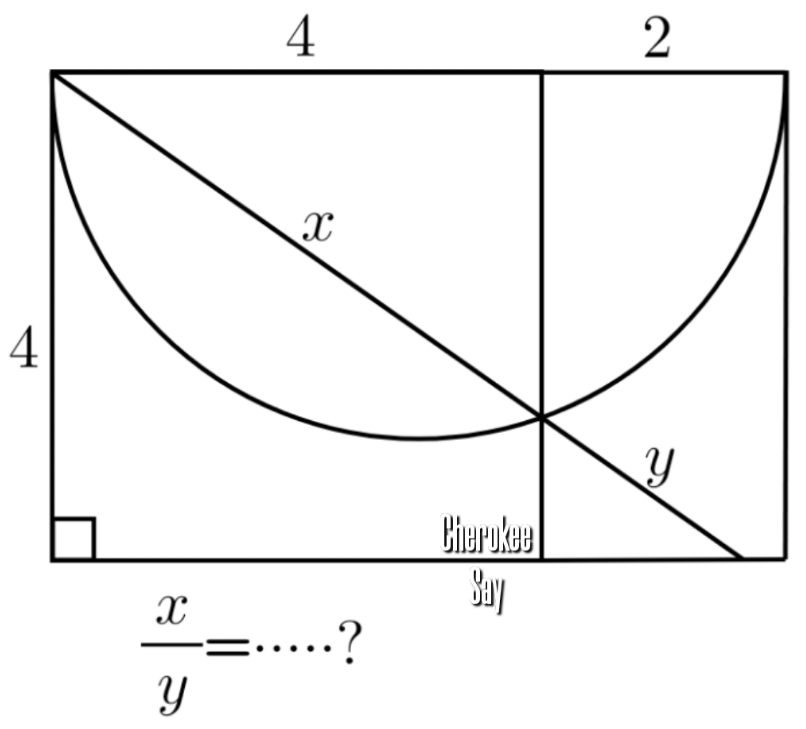
AllQuestion and Answers: Page 369
Question Number 184454 Answers: 0 Comments: 1

Question Number 184441 Answers: 2 Comments: 1

Question Number 184438 Answers: 3 Comments: 0
Question Number 184435 Answers: 1 Comments: 0

Question Number 184434 Answers: 2 Comments: 0
Question Number 184431 Answers: 2 Comments: 0
Question Number 184424 Answers: 2 Comments: 1
Question Number 184401 Answers: 2 Comments: 3
Question Number 184399 Answers: 0 Comments: 0
Question Number 184398 Answers: 1 Comments: 0

Question Number 184387 Answers: 2 Comments: 1

Question Number 184384 Answers: 0 Comments: 7

Question Number 184383 Answers: 0 Comments: 0

Question Number 184378 Answers: 3 Comments: 0
Question Number 184376 Answers: 1 Comments: 0
Question Number 184373 Answers: 0 Comments: 0

Question Number 184370 Answers: 1 Comments: 1

Question Number 184352 Answers: 3 Comments: 0

Question Number 184351 Answers: 5 Comments: 0
Question Number 184356 Answers: 2 Comments: 0

Question Number 184349 Answers: 1 Comments: 0
Question Number 184346 Answers: 1 Comments: 0
Question Number 184341 Answers: 1 Comments: 1
$${li}\underset{{x}\rightarrow\infty} {{m}}\frac{{x}^{\mathrm{2}} }{\mathrm{3}^{{x}} }=? \\ $$
Question Number 184331 Answers: 0 Comments: 0

Question Number 184329 Answers: 3 Comments: 0
Question Number 184320 Answers: 0 Comments: 4
Pg 364 Pg 365 Pg 366 Pg 367 Pg 368 Pg 369 Pg 370 Pg 371 Pg 372 Pg 373
